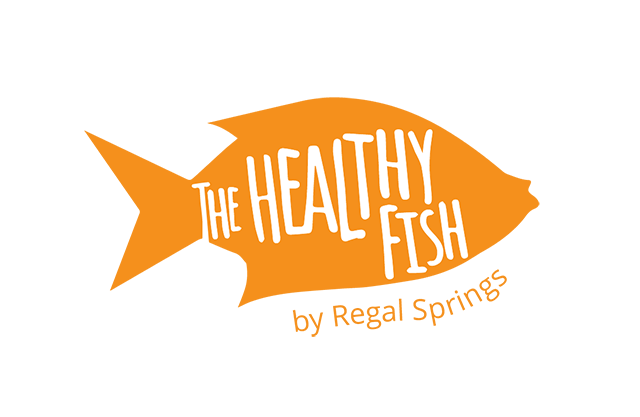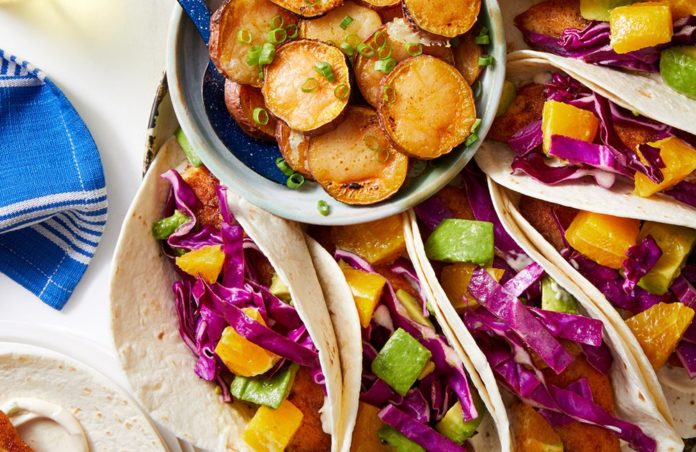Preparing meals from scratch is often worth it but can take a long time. There’s the planning, adjusting for dietary restrictions and preferences, shopping, prepping, cooking and then cleaning—then you get to sit down and eat. On the other hand, eating out will remove those steps from the equation, but it can pack a punch to your wallet, not to mention your waistline.
Enter meal kits, a growing trend among busy professionals, parents and individuals who are looking for the perfect blend of healthy options and convenient cooking methods for their diets. Companies like Blue Apron, Hello Fresh and Plated are among the top names in what’s estimated to be a $2.2 billion industry that is giving grocery stores and restaurants a run for their money. In fact, one in four adults in the U.S. has purchased a meal kit in the past year, with 70% sticking with the service after their initial purchase.
These days, this access to fresh, healthy and affordable meals is striking such a chord with people that these delivery services have even emerged for the health-conscious pet owner looking to improve their pet’s diet! Suffice to say, the kits are providing an enticing alternative for the health-conscious masses.
Building Flavor and Skills in the Kitchen

One of the most appealing aspects of meal kits (other than saving on prep time) is the opportunity to try new dishes and cuisines without the hassle of sourcing recipes and collecting ingredients. Certain sauces, techniques and even proteins that homecooks rarely experiment with become more accessible when the ingredients are pre-measured and the instructions are clearly written out.
For those who feel wary of cooking seafood, a meal kit may be just what you need to dive in. After receiving a pre-portioned fillet and a set of detailed instructions in their box, 66% of recipients said they were experimenting cooking more fish and seafood.
Catering to Different Diets
In some households, planning what to make for dinner each night can be a gruelling task. When one person is a vegetarian and the other isn’t, or a child has a specific allergy or food intolerance, it can be a challenge and a chore to find an acceptable recipe, which can lead to having takeout because of frustration.
Meal kits can make dinner time so much easier, since they automatically filter out recipes that don’t meet subscriber’s criteria. In fact, families with children are 326% more likely to purchase one than families without, highlighting the time constraints and pressures often felt by busy families at meal time.
Setting New Standards for Seafood and Produce

While there are now a few of these services available for hungry consumers, some have managed to become near-household names in the past few years. Blue Apron focuses on sustainably grown vegetables and seafood by practicing regenerative agriculture—meaning they are putting more back into the soil than they are taking out to ensure their produce remains nutritious for generations to come. They also partner with a diverse roster of sustainable farms, including Regal Springs Tilapia, to provide environmentally-conscious produce and seafood for their meal kits. Some of their recent seafood offerings include Tilapia Piccata and Baja-Style Tilapia Tacos.
HelloFresh, one of the industry’s leaders, has a commitment to sustainably sourced seafood by only including sustainably-labeled fish varieties in their boxes, including Regal Springs Aquaculture Stewardship Council-certified Tilapia. One of their 20-minute recipes features quick-breaded Tilapia served with Asparagus, Lemon Chive Sauce and Ciabatta Toasts. Plated also values sustainably sourced seafood, choosing to partner with sustainable fisheries in the creation of their recipes.
So, if you’re finding that you just don’t have the time to prepare nutritious dinners on a nightly basis, meal kits could be a great way to ensure your health doesn’t fall by the wayside. With so many options to choose from, there’s no shortage of ways to get a fresh meal on the table with ethically-sourced ingredients you can feel good about.
Want to learn more about sustainable cooking? Check out these ingredients you should be eating more of.
Photo Credits: Blue Apron, Halfpoint / Shutterstock Inc., Blue Apron






